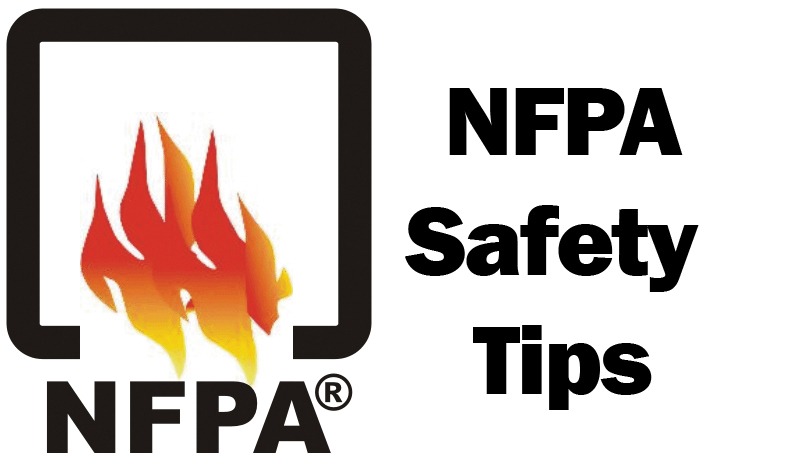NFPA urges extra caution when preparing your feast this Thanksgiving, by far the leading day of the year for U.S. home cooking fires
As Thanksgiving nears, the National Fire Protection Association® (NFPA®) urges added caution when preparing the holiday feast, as Thanksgiving Day represents the leading day of the year for home cooking fires. Between three and four times as many cooking fires occur on Thanksgiving Day as a typical day of the year.
“Thanksgiving is a hectic holiday, with multiple dishes cooking and baking at the same time, along with lots of guests, entertaining, and other distractions in the home that can make it easy to lose sight of what’s on the stove or in the oven,” said Lorraine Carli, vice president of Outreach and Advocacy at NFPA. “Unattended cooking is the leading cause of home cooking fires, so we strongly encourage people keep a close eye on what they’re cooking and to minimize the likelihood of getting distracted.”
NFPA data shows that cooking was the leading cause of reported home structure fires and civilian fire injuries and the second-leading cause of civilian fire deaths and direct property damage, on annual average between 2015-2019. On Thanksgiving Day alone, an estimated 1,400 home cooking fires were reported to U.S. fire departments in 2019, reflecting a 228 percent increase over the daily average.
“The good news is that the vast majority of cooking fires are preventable,” said Carli. “By taking simple steps and precautions to minimize the likelihood of having a cooking fire, everyone can enjoy a festive, fire-safe Thanksgiving.”
Following are tips and recommendations from NFPA to help people cook safely this Thanksgiving:
- Never leave the kitchen while cooking on the stovetop. Some types of cooking, especially those that involve frying or sautéing with oil, need continuous attention.
- When cooking a turkey, remain at home and check it regularly.
- Make use of timers to keep track of cooking times, particularly for foods that require longer cook times.
- Keep things that can catch fire like oven mitts, wooden utensils, food wrappers, and towels at least three feet away from the cooking area.
- Avoid long sleeves and hanging fabrics that can come in contact with a heat source.
- Always cook with a lid beside your pan. If you have a fire, slide the lid over the pan and turn off the burner. Do not remove the cover because the fire could start again. Let the pan cool for a long time. Never throw water or use a fire extinguisher on the fire.
- For an oven fire, turn off the heat and keep the door closed. Only open the door once you’re confident the fire is completely out, standing to the side as you do. If you have any doubts or concerns, contact the fire department for assistance.
- Keep children at least three feet away from the stove. Kids should also stay away from hot foods and liquids, as steam or splash from these items could cause severe burns.
In addition, NFPA strongly discourages the use of turkey fryers that use cooking oil, which can cause devastating burns. For a safe alternative, NFPA recommends purchasing a fried turkey from a grocery store or restaurant or buying a fryer that does not use oil.
For this release and other announcements about NFPA initiatives, research and resources, please visit the NFPA press room.
About the National Fire Protection Association® (NFPA®)
Founded in 1896, NFPA® is a global, self-funded, nonprofit organization devoted to eliminating death, injury, property and economic loss due to fire, electrical and related hazards. The association delivers information and knowledge through more than 300 consensus codes and standards, research, training, education, outreach and advocacy; and by partnering with others who share an interest in furthering the NFPA mission. For more information, visit www.nfpa.org. All NFPA codes and standards can be viewed online for free at www.nfpa.org/freeaccess.



















Warning people about the dangers of Thanksgiving dinner. Safetyism run amok. Fortunately Covid destroyed, at least for the sentient, the credibility of buffoon organizations that depend on fear and panic to get paid.
I guess it’s a good thing to “warn” people of the fire dangers of cooking a Thanksgiving Turkey, but it also makes me wonder how I’ve survived all the years of living without the what seems DAILY warnings we seem to get nowdays, what with weather, heat ,fire, snow, wind,… Read more »